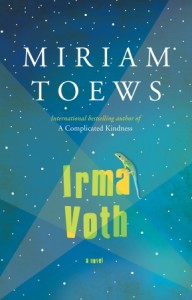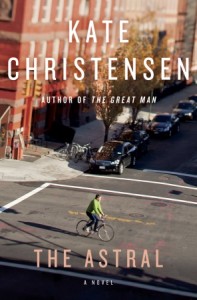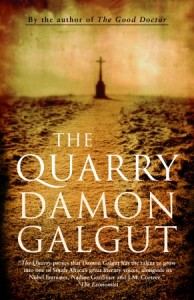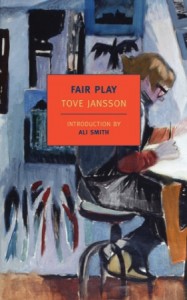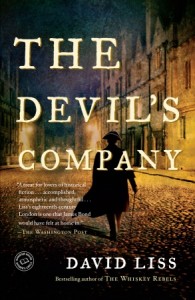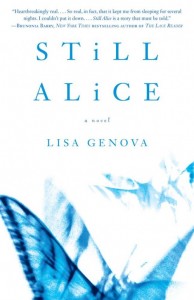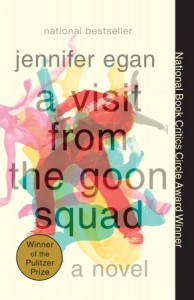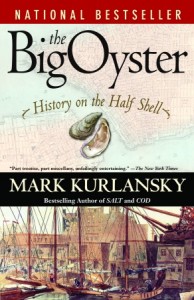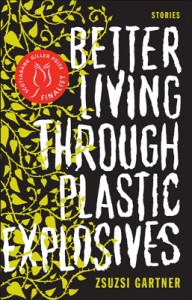 Short stories are epic and amazing things to read on the subway. They give you the false impression that they are “lighter” reading than novels because of their length, but I’ve been finding that so many of the collections I’ve read as of late pack an emotional punch that knocks me out after ten rounds a-la the Ali rope-a-dope, and none walloped me harder than Better Living Through Plastic Explosives by Zsuzsi Gartner.
Short stories are epic and amazing things to read on the subway. They give you the false impression that they are “lighter” reading than novels because of their length, but I’ve been finding that so many of the collections I’ve read as of late pack an emotional punch that knocks me out after ten rounds a-la the Ali rope-a-dope, and none walloped me harder than Better Living Through Plastic Explosives by Zsuzsi Gartner.
Like many obnoxious city dwellers, I pride myself on my political correctness. I urge my life forward in terms of pop culture knowledge and feel some pride that I can still scramble in some quality viewing in terms of films, television. I’m achingly earnest about my interest in environmental issues, even if we struggle on a daily basis with our consumption and teaching our families about our feelings about how much stuff there is in the world. But Zsuzsi Gartner takes a machete to pop culture, and slices through it with her razor-sharp prose, like I said on Twitter, and inevitably makes you think about it in a way that consistently questions my own steadfast resolve in my own “goodness” (if that makes any sense).
In many of her stories, there’s an element of the fantastic — a man reverts back to the stone age, becoming more neanderthal by the day, barbecues become open pits, women turn feral, and a young girl rides out of the ravine on a tortoise. The group of neighbours, all healthy, wealthy and utterly politically correct, can’t understand what’s so appealing about ripping open a 2-4 and roasting giant, hulking hunks of meat over an open flame. Houses disappear due to mud slides (I imagine) but never claim a human life. Young, adopted Chinese girls fly up into the air and are no longer human. The stories are awe-inspiring. Both in the sense that Gartner’s awe-inspiring imagination is unparalleled in Canadian writing (I think) but also in how she manages to create a world that’s so utterly familiar and terrifically strange at the same time. I’s kind of like Fringe, in a way, with two realities — the one in which I live every day and the other where it’s not strange to see a blimp floating on by. Continue reading “#76 – Better Living Through Plastic Explosives”
